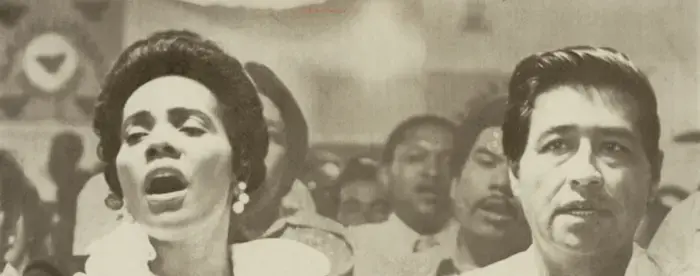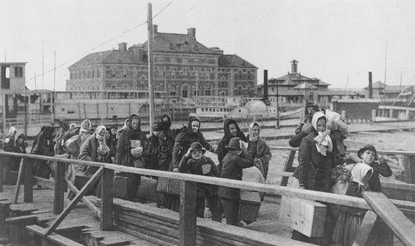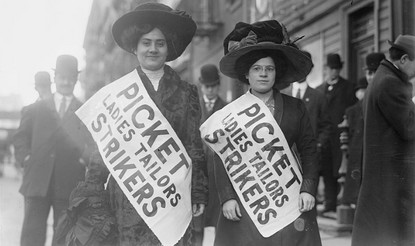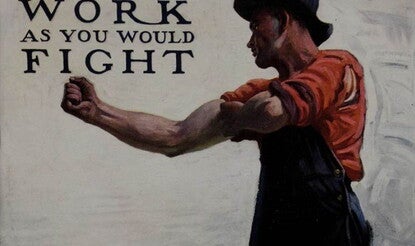This History U course will explore the history of Latinas and Latinos in the United States—and across the Americas—from the sixteenth century through the early twenty-first century, covering themes such as race, migration, labor, and empire.
Course Instructor: Professor Geraldo Cadava, Northwestern University
Eligibility: High school students
Image Source: Associated Press, Coretta Scott King and Cėsar Chavez join hands during Mass, 1972 (The Gilder Lehrman Institute, GLC09817)



